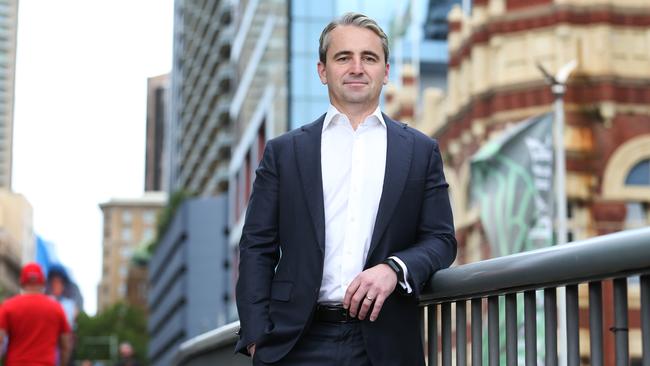
In 2022 we can be fairly sure prices are set to drop – the only issue is the potential range. Economists suggest a 5 to 15 per cent fall from top to bottom, so let’s assume that is what lies ahead.
But what will be the shape of this decline – how will it pan out for investors?
This downturn will be different. Very different.
Think of it this way. There are more than a million mortgage holders who have never seen an official cash rate increase. There are millions more who have zero experience of investing through “above-average” inflation – the annual rate is expected to hit between 4 and 5 per cent mid year.
On top of that we have a rental crisis where vacancy rates are as tight as anyone in the market can remember.
Meanwhile, employment – which is the ultimate underpinning force in residential property – has changed dramatically.
We are looking at unemployment rates of just 4 per cent, the lowest since November 1974.
But here’s the thing. Long-term investors with one eye on a rebound in property prices from 2024 (and earlier in selected locations) are going to assess the current conditions in a very different way than homeowners.
Just to look at inflation for example. For the owner-occupier, inflation instantly cuts into consumer spending power while the mortgage is a non-discretionary item. For the investor the effective value of the loan they took out is shrinking. Risk-taking investors can literally inflate their way out of big loans as they look to positive long-term returns.
Similarly, the rental crisis is going to be a headache for some time to come. With rental costs now rising at 2 per cent a month, it threatens a widespread deterioration in living standards.
For investors the rental crisis means that a major risk in property investment – a vacant property making no income – is effectively removed.
Moreover, as prices flatten or fall, a crucial signal for investors just improved. The latest CoreLogic data shows rental yields have increased for the first time in years:
Rising rental yield means that property can offer investors an ongoing inflation protected investment. National rental yields are now around 3.2 per cent and will move higher from here.

As such, residential property can match blue chip shares that offer a rising dividend yield, such as bank stocks. Lending volumes might wane for the banks, but for every 0.25 per cent lift in rates they will pick up an estimated 3 per cent lift in profits.
So don’t be fooled by the early reports that this downturn is conventional. Sure, the most expensive suburbs drop first – we might expect that. No doubt overpriced inner city spots along with tree-changer regional towns will be hit next. This is to be expected.
It’s the financing of property that has been turned inside out – higher rates, rising rental yields and the separate treatment of investors from owner-occupiers by the banks.
Don’t be misled either by unchanging variable mortgage rates – the banks will leave troubling their core constituents until last.
Instead they will target investors. A few days ago the national biggest lender, CBA, gave us a peek into the future when it put through a raft of fixed rate increases. The bank lifted owner-occupier rates by 0.5 per cent or so – but for investors the rate lift was twice as severe at 0.9 per cent – that’s the equivalent of nearly four RBA 0.25 per cent tweaks in one hit.
How high will rates go? Under one bleak scenario – working off recent RBA research – a 15 per cent home price fall would likely have been preceded by a full 2 per cent lift in cash rates – on that basis mortgage rates would be closing in on 6 per cent.
Importantly, the gap between owner-occupier rates and investors could open up – CBA may well have triggered a trend with that move in fixed rates to squeeze investors harder than homeowners.
So for investors, the looming downturn will be anything but routine – investing in this area has been up-ended. Inflation arrives and crazy prices change to falling prices. Cheap borrowing rates disappear and rates begin to lift.
But for the long-term investor a “normal” level of supply in rental property suddenly morphs into a national average vacancy rate of one per cent.
Seriously, this time it’s different.







If only we could see what is coming down the road. If, in 2017, you knew house prices were about to fall 15 per cent that would have been extremely useful. Or, in 2021, if you had a periscope which showed values were about to jump 22 per cent in the next 12 months, that might have been particularly lucrative.